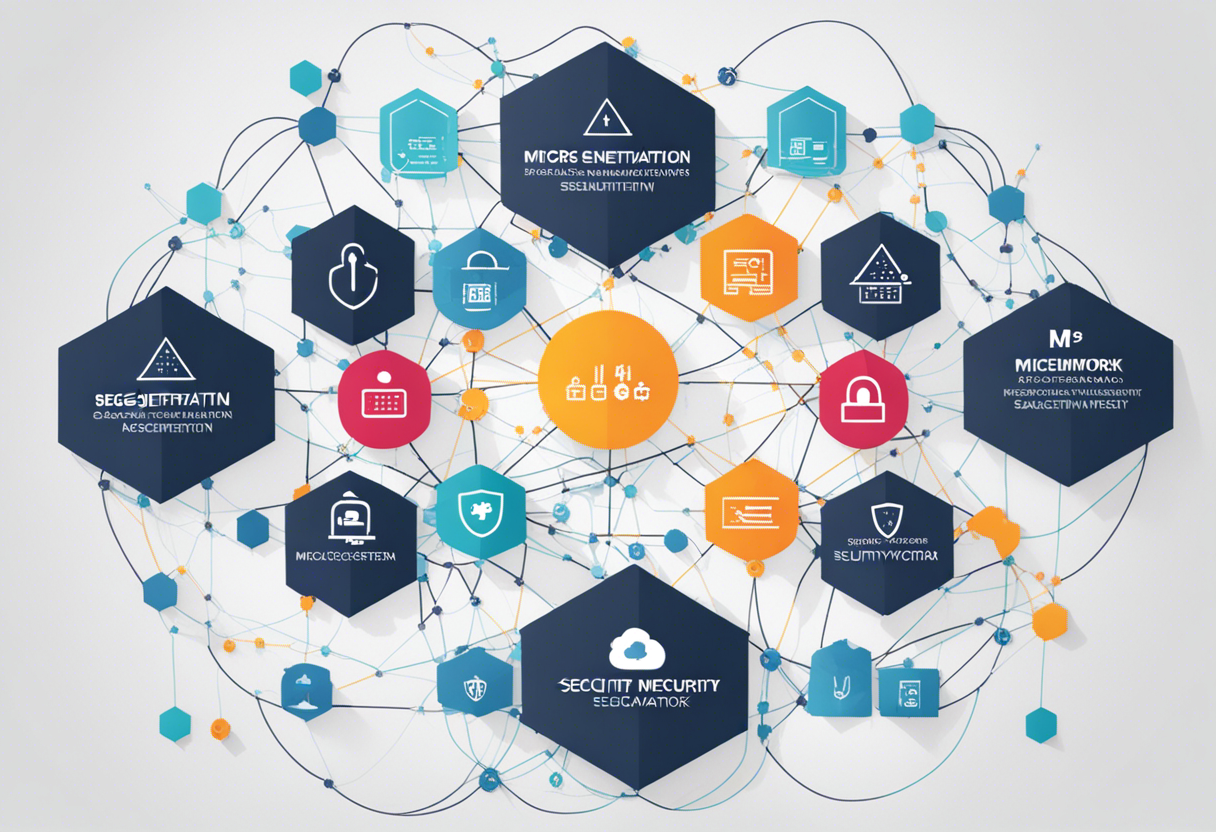Diving Deep into the Top 5 Innovations Transforming Zero Trust Access Management
Zero Trust Access Management refers to a security philosophy that believes in the concept of "never trust, always verify". It extends this principle to networks, devices, people, and workloads to prevent data breaches. This relatively new approach towards cybersecurity ensures no one has unquestionable access to systems, not even those inside the organization's network. The recent rise in global cybercrime has made this approach a necessity for organizations that are keen on safeguarding their sensitive information.
As we delve into deeper insights about this concept, we'll explore the top 5 innovations that are changing the game of Zero Trust Access Management. These technologies provide effective solutions for increasing security, reducing risks, and ensuring business continuity in the face of growing cyber threats.
Micro-Segmentation for Enhanced Security

The first innovation that has significantly influenced Zero Trust Access Management is micro-segmentation. Instead of treating the organization's network as a single entity, micro-segmentation divides it into multiple isolated segments. This reduces the potential attack surface if a breach occurs, as the damage will be confined to the particular compromised segment only. This approach greatly enhances security by limiting lateral movement of threat actors within the network.